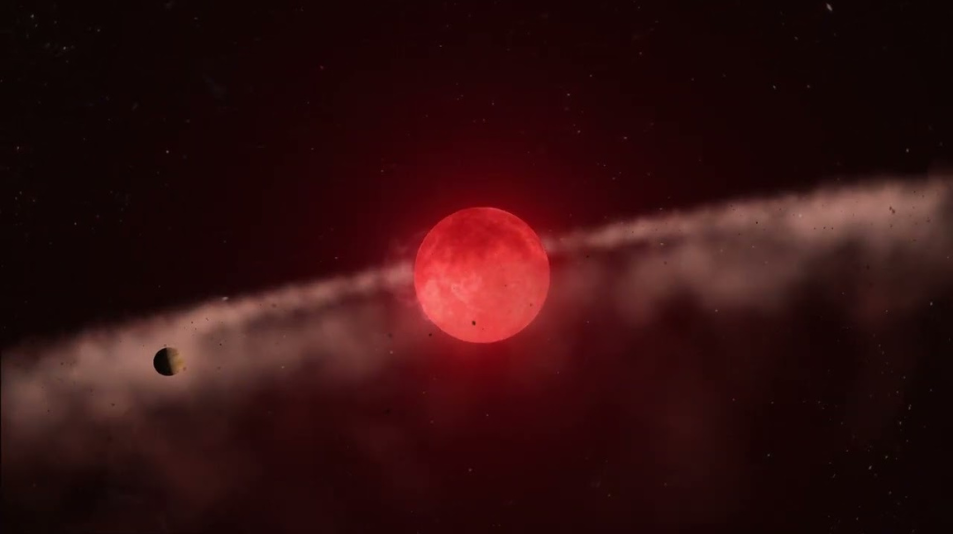
Anomalocaris: The Mystery of an Ancient Apex Predator
The art world isn’t the only place where hidden treasures emerge. In the realm of paleontology, the discovery of an ancient shrimplike creature, Anomalocaris, has stirred excitement. This creature, once thought to be the apex predator of its time, has a fascinating tale to tell.
Anomalocaris: The Fearsome Hunter of the Cambrian Seas
Anomalocaris canadensis, a marine creature stretching to two feet, was a formidable predator. This was 508 million years ago, during the Cambrian period. This period was a pivotal time in Earth’s history, witnessing a dramatic surge in life’s diversity. This underwater hunter, navigating the seas, was a testament to this biodiversity explosion.
The Trilobite Mystery: A New Perspective
Anomalocaris, once thought to be the culprit behind the scarring and crushing of trilobites’ fossilised skeletons, is now under scrutiny. Recent research, spearheaded by Russell Bicknell, a postdoctoral researcher at the American Museum of Natural History, challenges this long-held belief. Bicknell presents a compelling argument, suggesting the trilobites’ robust exoskeletons would have posed a formidable challenge for it to crush.
Unravelling the Mystery: The Research and Findings
Bicknell and his international team created a new three-dimensional reconstruction of Anomalocaris. They used computer modelling to understand its biomechanics better. Their analysis suggested that it was incapable of crushing hard-shelled prey, contradicting previous assumptions.
A New Understanding of Anomalocaris
In summary, this research has reshaped our understanding of Anomalocaris. It suggests that this ancient predator was more likely to dart after soft prey in well-lit open water, rather than pursuing hard-shelled creatures on the ocean floor. This discovery reminds us that the dynamics of prehistoric ecosystems were likely more complex than we once thought.


